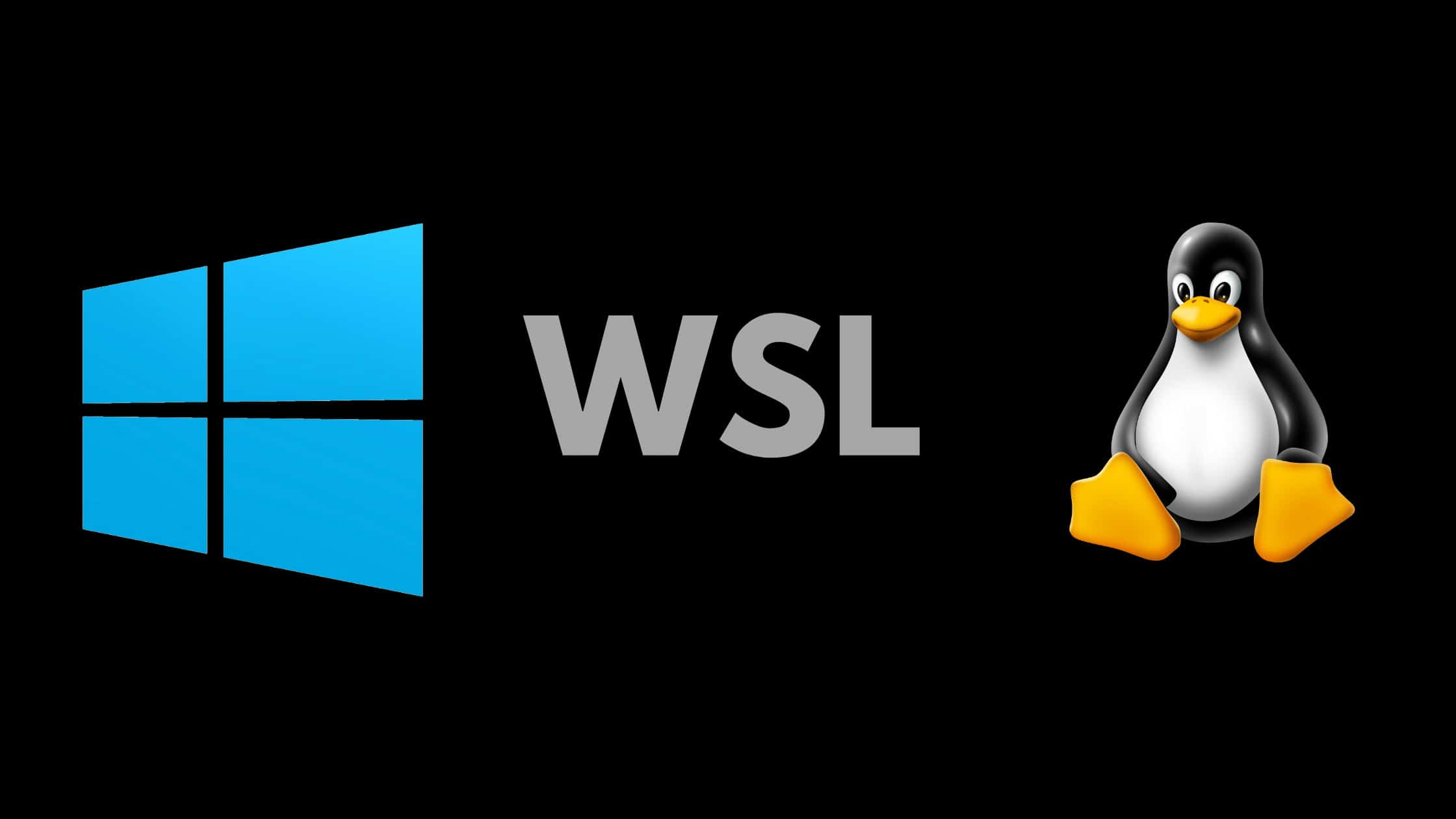Table of Contents
Step by Step Procedure to Install WSL2 on Windows And Run Ubuntu on Windows Using WSL2
As you know, there are multiple ways and multiple applications to boot multiple operating systems in parallel on the Windows platform. Windows Subsystem for Linux is one among them. WSL allows you to install and run your choice of Linux distribution (That are available in the Microsoft Store) on a Windows computer like an application. If you want to know more information about Windows Subsystem for Linux in Microsoft Windows. We have a dedicated post in which we covered all the basic information about Windows Subsystem for Linux. However, in this post, we are going to show you the practical procedure like how to install, enable, set up, and configure Windows Subsystem for Linux on a Windows computer. Let’s see a step-by-step procedure to install WSL2 on Windows and run Ubuntu on Windows using WSL2.
What Is Windows Subsystem for Linux?
Windows Subsystem for Linux (WSL) is a compatibility layer for running Linux binary executables (in ELF format) natively on Windows 10. WSL provides a Linux-compatible kernel interface developed by Microsoft, allowing users to run native Linux apps in unmodified Linux distributions running on the Windows kernel. This is made possible through a new Linux-compatible subsystem that was added to the Windows Kernel called Windows Subsystem for Linux (WSL).
-Wikipedia
In addition to providing increased compatibility with many existing Linux programs, WSL offers a simpler installation process for some popular Linux distributions like Ubuntu, Debian, and Kali Linux. Microsoft worked with Canonical, the company behind Ubuntu, to bring the entire userland into Windows as a separate app package. This makes it possible to run Ubuntu in Windows without having to dual-boot or use a virtual machine.
Pre-Requisites to Install WSL2 on Windows:
Before we head towards the installation of the Windows Subsystem for Linux 2 (WSL2), let’s check the pre-requisites to install WSL2 on Windows computers.
To run WSL2, Windows 10 should have the below versions,
For x64 systems: Version 1903 or higher, with Build 18362 or higher.
For ARM64 systems: Version 2004 or higher, with Build 19041 or higher.
Or Windows 11.
How to Install WSL2 on Windows 10 / Windows 11?
The procedure to install WSL2 on Windows and run Ubuntu on Windows using WSL2 may sound difficult, but actually, it’s not. All you have to do is enable a couple of virtualization features in Windows, download and install the kernel update package on your Windows computer, and finally, launch the Linux distribution of your choice from the Microsoft Store. That’s it. Let’s see these simple three processes in a step-by-step procedure to install WSL2 on Windows and run Ubuntu on Windows using WSL2.
Step 1. Open ‘Turn Windows features on or off’ on your Windows Computer
Needs to enable Windows Features before installing any Linux distributions on Windows.
Click on ‘Start‘, search for ‘Turn Windows features on or off‘ –> Open.
Step 2. Enable ‘Virtual Machine Platform‘ and ‘Windows Subsystems for Linux‘ features
Enable ‘Virtual Machine Platform‘ and ‘Windows Subsystems for Linux‘ features by enabling check mark and click on ‘OK‘.
Step 3. Restart Computer
Post successful installation the computer should be restarted.
Step 4. Install Linux Kernel Updates Package
Download Linux Kernel Updates Package from this Microsoft Link and Install with Administrative Privileges.
Run the downloaded Setup file. Click ‘Next‘ to start the installation and ‘Finish‘ after successful installation.
Step 5. finish the Installation of Linux Kernel Updates Package
Step 6. Install the Linux Distribution
Open Microsoft Storeand based on the requirement select and install your choice of Linux Distribution. We have chosen Ubuntu in this demo tutorial.
Step 7. Launch Ubuntu
After successful Installation, Lunch the installed Linux Distribution.
Step 8. Configure Login account in Ubuntu in WSL2
First time Lunch will take few minutes. Configure the Username and Password immediately after the launch of Ubuntu. Now your Ubuntu is ready to login.
Step 9. Run Ubuntu on Windows using WSL2
This is how you can run Ubuntu on Windows using WSL2.
We hope this post would help you know step-by-step procedure to install WSL2 on Windows and run Ubuntu on Windows using WSL2. Please share this post if you find this interested. Visit our social media page on Facebook, LinkedIn, Twitter, Telegram, Tumblr, Medium & Instagram, and subscribe to receive updates like this.
You may also like these articles:
Arun KL
Arun KL is a cybersecurity professional with 15+ years of experience in IT infrastructure, cloud security, vulnerability management, Penetration Testing, security operations, and incident response. He is adept at designing and implementing robust security solutions to safeguard systems and data. Arun holds multiple industry certifications including CCNA, CCNA Security, RHCE, CEH, and AWS Security.
